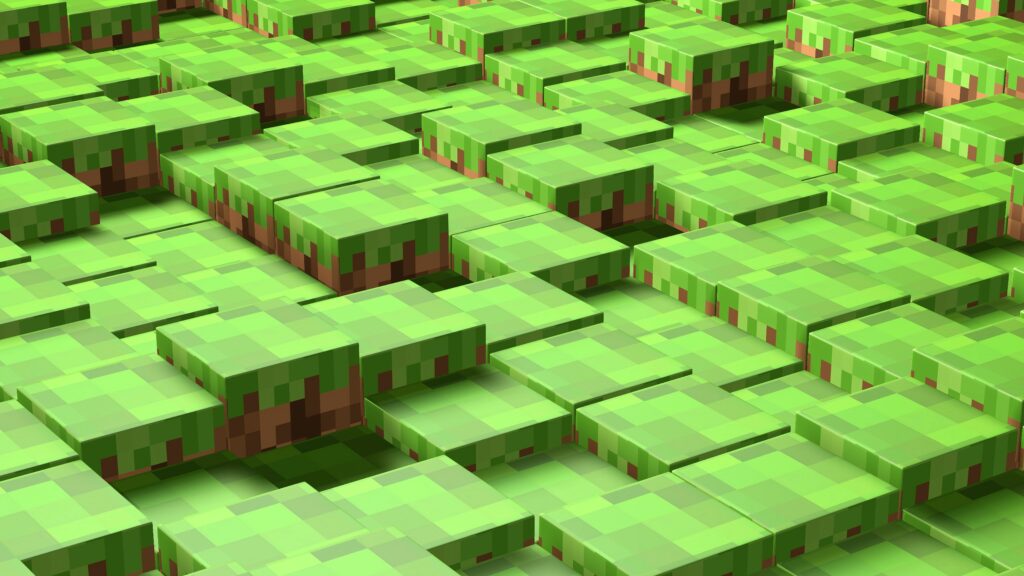Imagine if you could “print” a tiny skyscraper using DNA instead of steel. That’s what researchers at Columbia and Brookhaven are doing—constructing intricate 3D nanostructures by harnessing the predictable folding of DNA strands. Their new design method uses voxel-like building blocks and an algorithm called MOSES to fabricate nanoscale devices in parallel, with applications ranging from optical computing to bio-scaffolds. Unlike traditional lithography or 3D printing, this self-assembly process occurs entirely in water and could revolutionize the future of nanomanufacturing.


